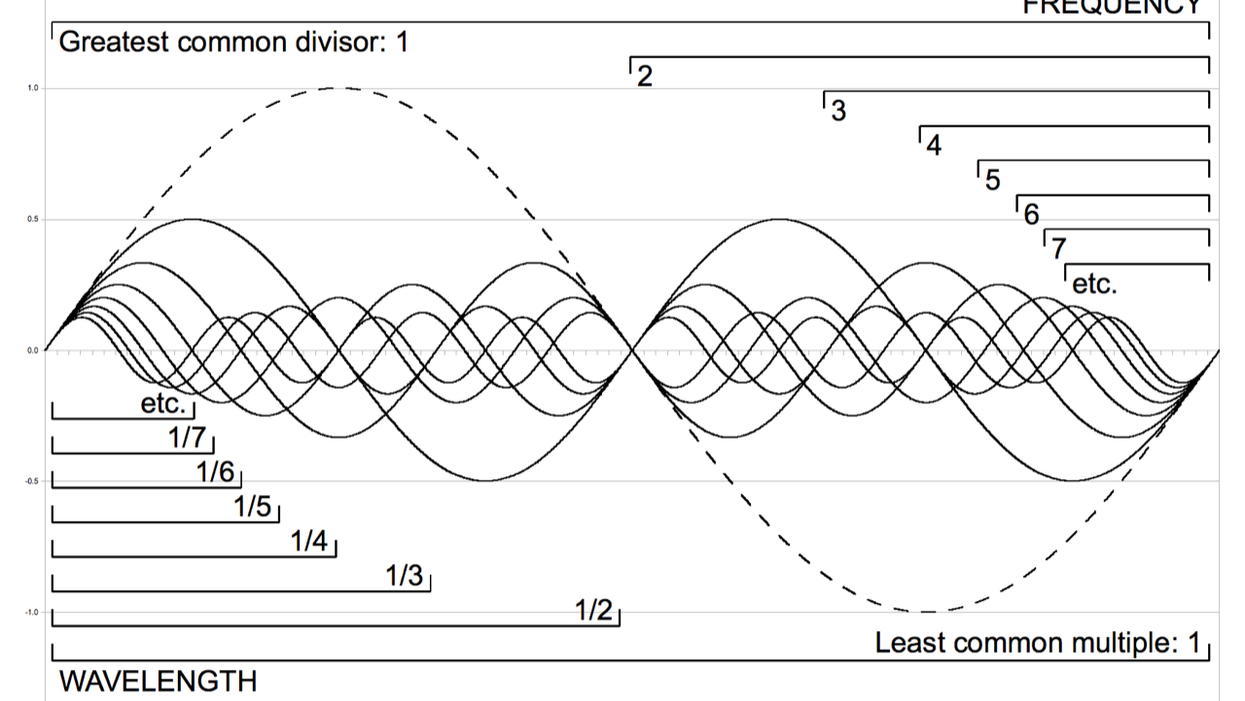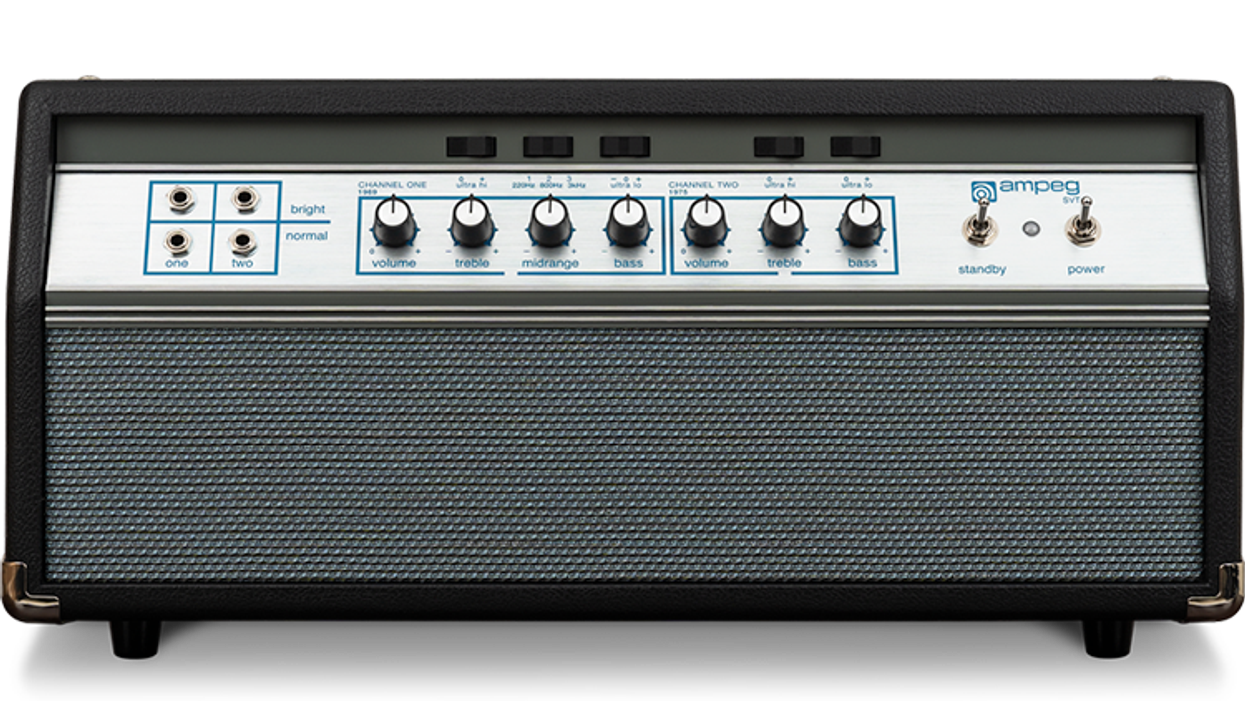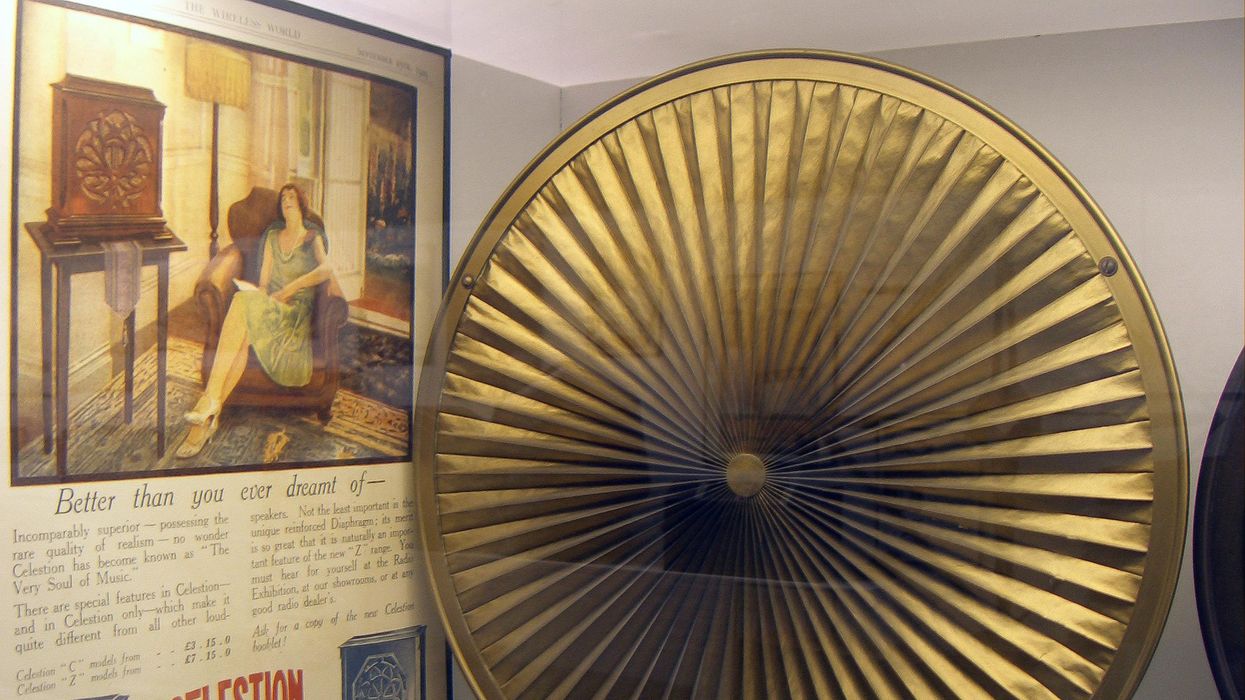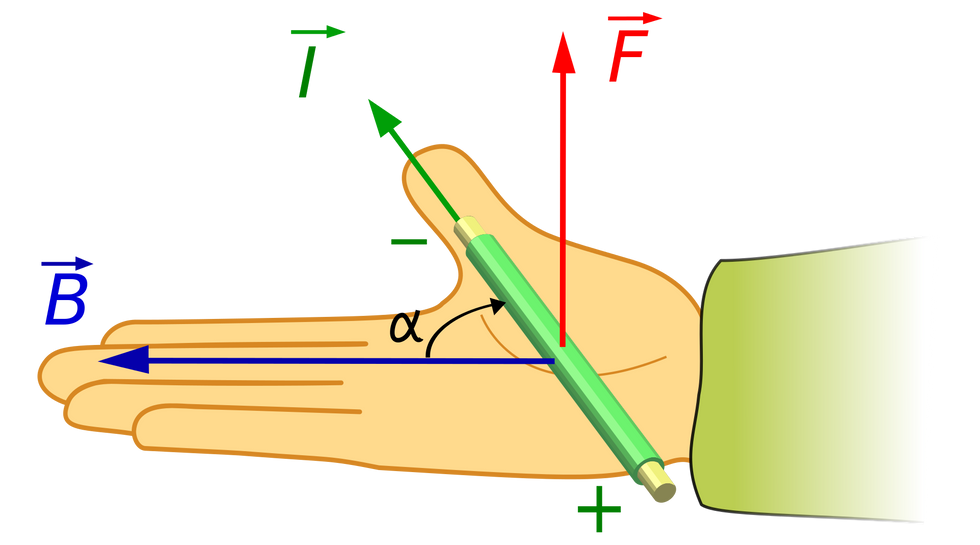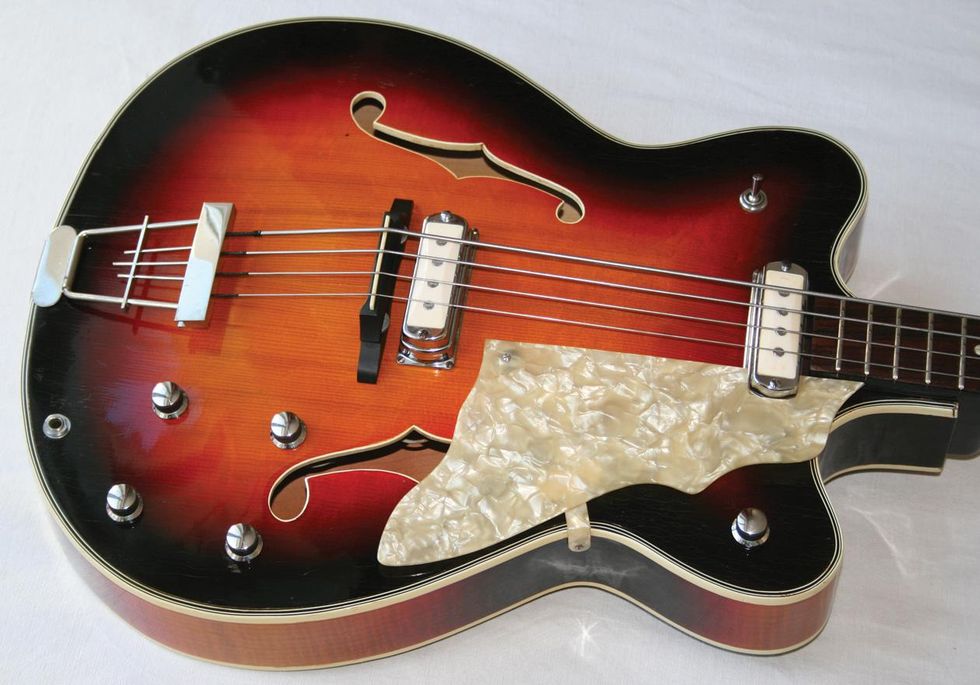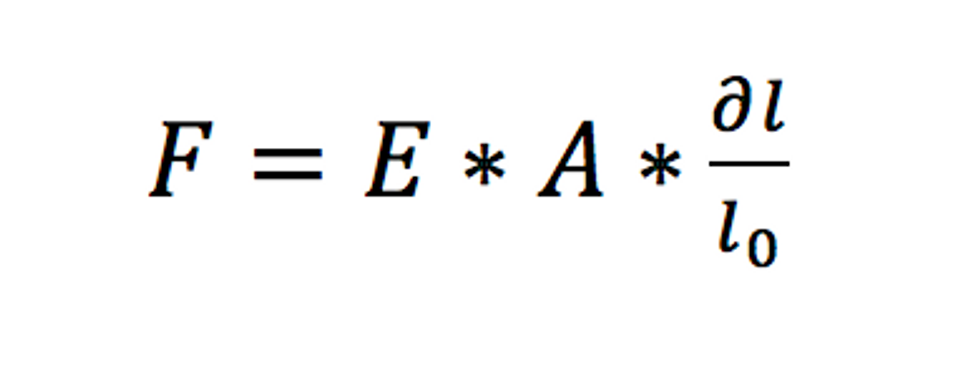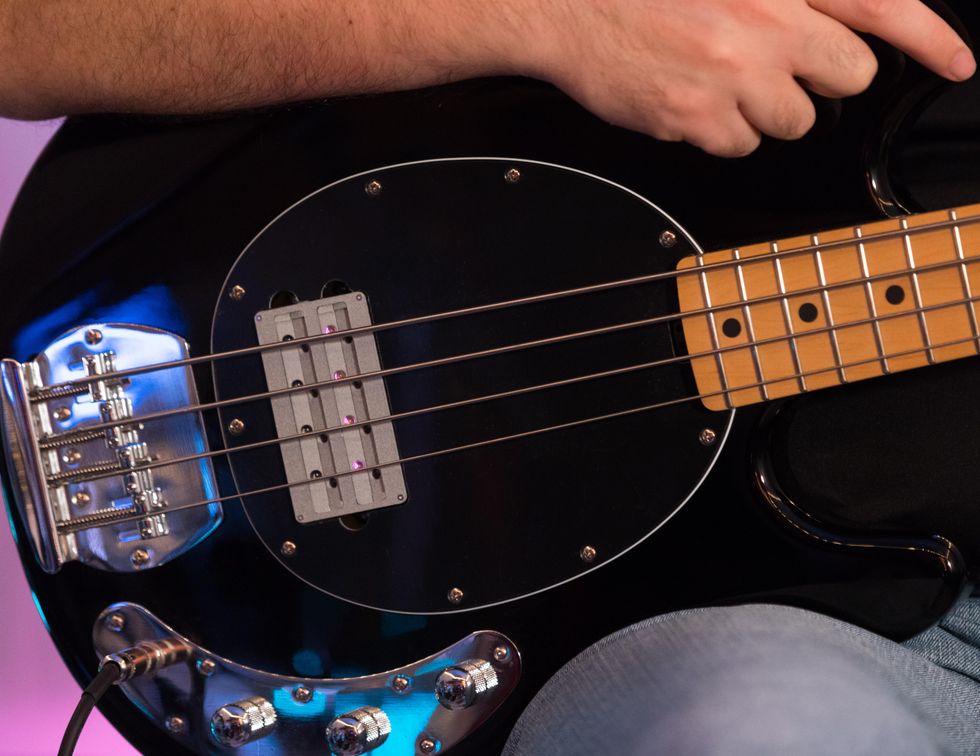"Yanny or Laurel" was the name of a famous auditory illusion that came up in 2018. An auditory illusion is the equivalent of an optical illusion, where the listener hears something that is either not there or even technically impossible, due to a false perception or bias.
In the case of "Yanny or Laurel," listeners voted on which of the names they heard when listening to a specific audio clip. (You can listen to it on Wikipedia.) The results were so extremely divided that several college professors chimed in and The New York Times even offered a spectrographic analysis of the short spoken clip. In the end, both camps are right, but the result depended on their focus on a frequency range or their ears' capability to detect higher frequencies, as the clip had both words mixed simultaneously: Laurel in the lower frequency and Yanny in the higher spectrum.
It would be interesting to see the separate results for this test among bass players and guitarists. Would bass players hear "Laurel" and guitarists hear "Yanny"?
Do you think you could play a real low B on a standard E–A–D–G tuned 4-string? We usually think of a string's fundamental to be the lowest possible frequency that is accompanied by a set of higher harmonics. But playing two notes at a time can lead to an effect called the phantom, or missing, fundamental.
Try fretting the lowest possible B on the 3rd string and an F# on the 4th string. Play them simultaneously by hitting the strings softly around the 12th fret. The reason for the 12th fret soft plucking is that it enhances the low fundamentals and thereby boosts the effect. The perception is because our brain is interpreting existing repeating patterns in the resulting waveform. In other words, and as shown in Photo 1: The two fundamentals overlay in a form that they produce another and initially nonexistent periodicity of an even lower frequency with the resulting pitch being the greatest common divisor of the frequencies present. It's worth noting here that some explanations and basics of the effect are still discussed. One is an autocorrelation within our brain filling harmonic patterns with said fundamental.
Playing two notes at a time can lead to an effect called the phantom, or missing, fundamental.
The effect has been used for audio software since the late 1990s, a patented algorithm for Waves Audio's MaxxBass plug-in, as well as for small speaker devices reproducing frequencies they're not usually capable of, by adding synthesized harmonics.
Historically, the MaxxBass plug-in, and even more so the L1 Ultramaximizer, are said to have heavily contributed to the "loudness wars" of the 1990s. And, as always, the dynamics and clarity of the bass range are the first to suffer from this.
There are lots of other psychoacoustic effects that are worth taking a look at, while the phantom or missing fundamental is the one that most influences our bass range.
Another one worth mentioning here is the McGurk effect, which refers to a perceptual interaction between hearing and vision. The original research publication was titled "Hearing Lips and Seeing Voices," issued in Nature (December 1976). The McGurk effect occurs when the audio component is combined with video of a different sound, whereby the mouthed visual component changes the audible content a person hears, sometimes even altering to a third variation. This effect has a lot to do with knowledge and training and therefore also affects experts, sometimes even more.
As bassists and trained listeners to our instrument, we can have our own version of the McGurk effect and it can cost us severe amounts of money. Having test-played lots of different basses teaches us an unconscious preconception of judging gear by its visuals. It's not only the classic perception of a pink P bass as a funk machine and the very same sunburst model as a soul version. The effect also applies to connecting an instrument's ornamentals or veneered tops with an elegant, complex boutique tone.
